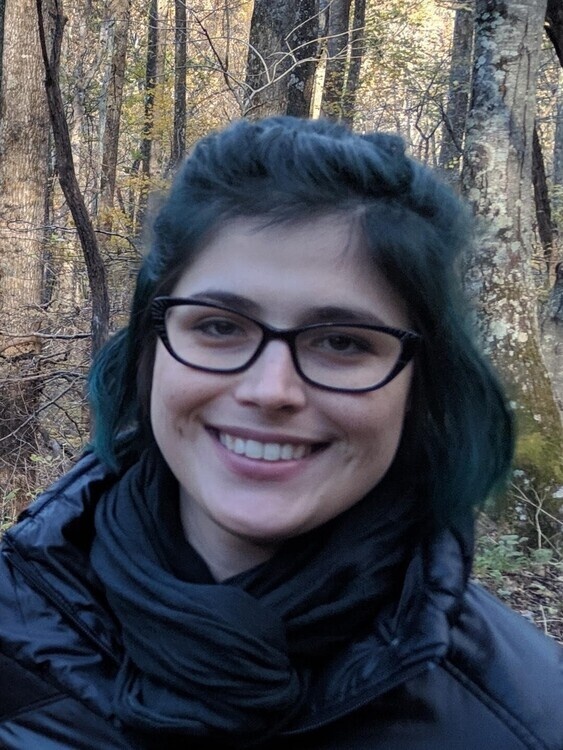
BCS Colloquium Series: Carsen Stringer
Description
Talk Title:
Distinct streams for supervised and unsupervised learning in the visual cortex
Abstract:
Representation learning in neural networks may be implemented with supervised or unsupervised algorithms, distinguished by the presence or absence of reward feedback. Both types of learning are highly effective in artificial neural networks. In biological systems, task learning has been shown to change sensory neural representations, but it is not known if these changes are due to supervised or unsupervised learning. Here we recorded populations of ~70,000 neurons simultaneously from primary visual cortex (V1) and higher visual areas (HVA), while animals learned multiple tasks as well as during unrewarded exposure to the same stimuli. We find that neural changes due to task learning were concentrated in medial and anterior HVAs. The changes in medial HVAs were also found in animals that did not learn a task, while changes in anterior HVAs were not. Anterior HVAs represented a ramping reward anticipation signal which was abolished by the delivery of reward, consistent with the involvement of this area in supervised learning. Across different tasks, neural changes in all areas including V1 were consistent with a pattern of generalizing to new stimuli according to the rules of the respective task, even when the task was not explicitly instructed. Thus, most changes in neural representations in visual areas are due to unsupervised learning and these changes may support behavioral generalization in ecological scenarios where rewards are rare.
Bio:
Carsen Stringer is a group leader at HHMI Janelia Research Campus. She did her PhD work at University College London on computational neuroscience with Kenneth Harris and Matteo Carandini, and her postdoc at Janelia with Marius Pachitariu. She develops algorithms for understanding large-scale neural activity. In addition, she has developed general segmentation algorithms for cellular data, which enable fast and accurate processing of ~50,000 neuron recordings.
Followed by a reception in the atrium with appetizers and drinks
This talk is available to the MIT community via zoom webinar: https://mit.zoom.us/j/91001475363

